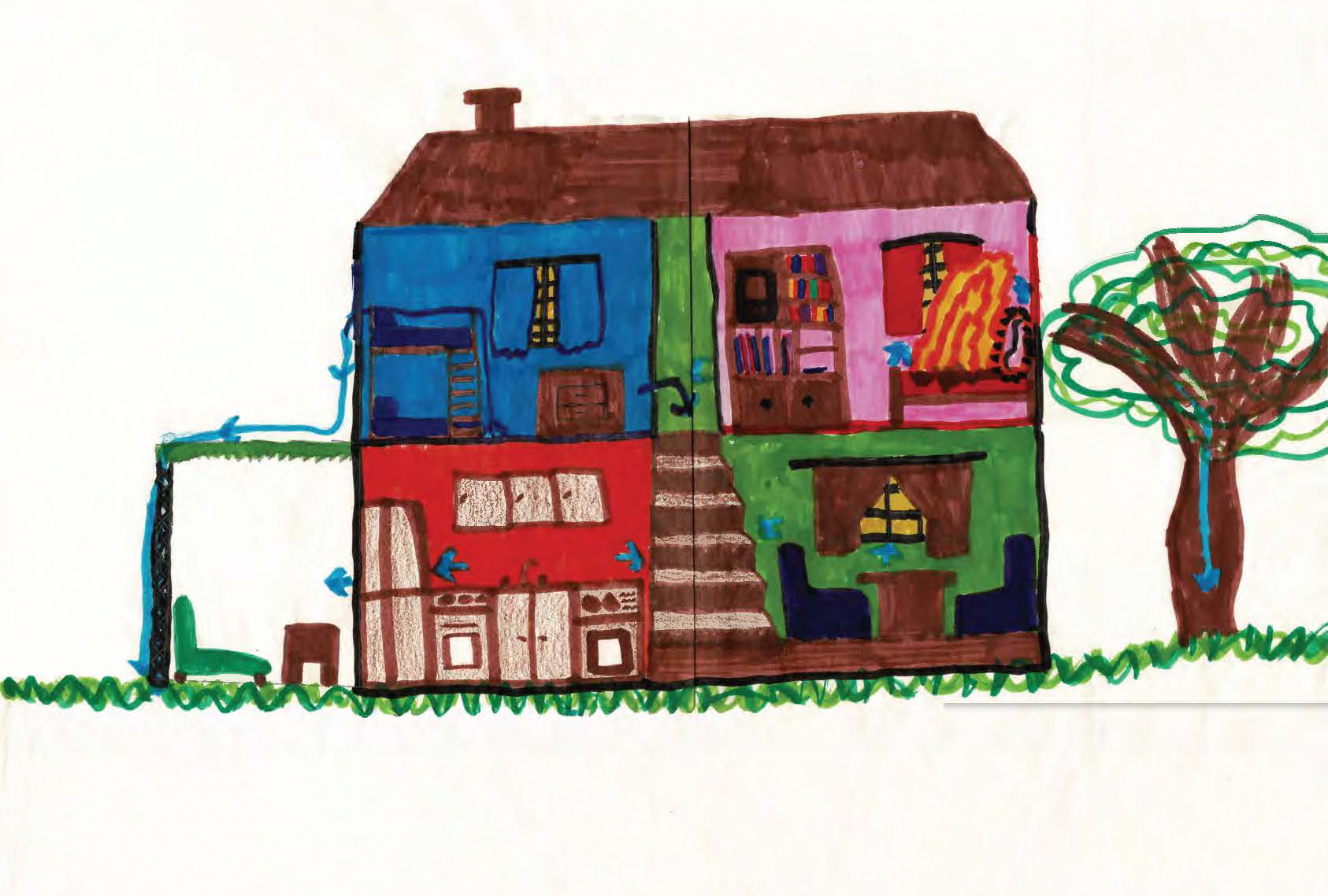I created this “award winning” image in elementary school as an entry in a fire prevention poster contest – and I actually won the contest and a trophy! The drawing shows ways to get out of the house in case of fire. This was one of my earliest lessons in risk awareness and prevention—principles that continue to define my professional work today in managing construction.
Risk Management in Construction Projects (post 4 of a 12-part series)
Effective risk management is crucial to the success of construction projects. The role of an Owner’s Representative is to anticipate those risks early, build strategies to mitigate them, and guide projects toward successful outcomes.
Understanding and Identifying Risks
Construction projects are inherently risky, and risk comes in many forms: safety, cost, schedule, quality, and stakeholder alignment. A schedule delay for instance, can be caused by a plethora of reasons: lack of proper planning, regulatory compliance, supply chain disruptions, stakeholder misalignment, weather conditions, climate change, and unforeseen site conditions. Understanding the types of risks—financial, operational, environmental, and human—is the first step in developing a robust risk management plan. Hire a professional to guide you through the process of identifying risk for your specific project.
Implementing Risk Mitigation Strategies
Risk mitigation strategies aim to reduce the likelihood or impact of identified risks. Key approaches include:
- Avoidance: Altering project plans to eliminate risks, such as selecting alternative materials or suppliers.
- Reduction: Implementing measures like enhanced training or additional safety protocols to minimize risks.
- Transfer: Shifting risks to third parties through contracts or insurance.
- Contingencies: Acknowledging low-priority risks and building cost and schedule contingencies into the project planning.
Regular monitoring and updating of the risk management plan ensure adaptability to emerging challenges. Effective communication among stakeholders is also critical for swift response to unexpected issues.
By integrating risk management practices into every phase of a construction project, managers can safeguard resources, meet deadlines, and deliver high-quality results. Proactive planning and continuous oversight are the cornerstones of mitigating uncertainties in construction.


